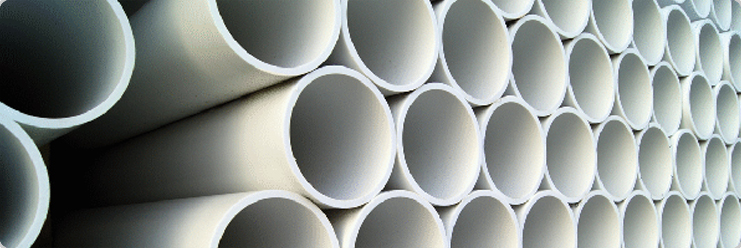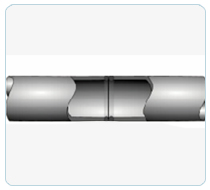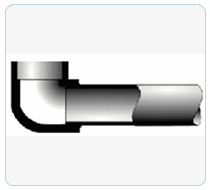PP ( POLY PROPYLENE)Home / Pipe Technology / PP
POLY PROPYLENE - IS 4984:1995

Installation Method
Polypropylene pipe or fittings are joined to each other by heat fusion or with mechanical fittings. Plastics may be joined to other materials by means of compression fittings, flanges, or other qualified types of manufactured transition fittings. There are many types and styles of fittings available from which the user may choose. Each offers it's particular advantages and limitations for each joining situation the user may encounter. Contact with the various manufacturers is advisable for guidance in proper applications and styles available for joining as described in this document. There will be joining methods discussed in this document covering both large and small diameter pipe.
There are two types of heat fusion joints currently used in the industry.Butt Fusion
Socket Fusion
There are two types of heat fusion joints currently used in the industry.
Butt Fusion
The principle of heat fusion is to heat two surfaces to a designated temperature, then fuse them together by application of a sufficient force. this force causes the melted materials to flow and mix, thereby resulting in fusion. When fused accordingg to the pipe and/or fitting manufacturers' procedures, the joint area becomes as strong as or stronger than the pipe itself in both tensil and pressure properties. As soon as the joint cools to near ambient temperature, it is ready for handling.
The 6 steps involved in making a butt fusion joint are:
Securely fasten the componets to be joined
Face the pipe ends
Align the pipe profile
Melt the pipe interfaces
Join the two profiles together
Hold under pressure
The 6 steps involved in making a butt fusion joint are:
Socket Fusion
This technique consists of siultaneously heatin both the external surface of the pipe and the internal surface of the socktet fitting untill the material reaches fusion temperature; inspecting the melt pattern; inseritng the pipe end into the socket; and holding it in place untill the joint cools . Figure 6.4 illustrates a typical socket fusion joint. Mechanical equipment is available and should be used for sizes larger than 2-inch diameter to attain the increased force required and to assist in alingnment.
Follow These general steps when performing socket fusion:
Select the equipment
square and prepare the pipe ends.
Heat the parts
Join the parts
Allow to cool
Follow These general steps when performing socket fusion:
PP Material use & characteristic
Polypropylene is suitable for use with foodstuffs, portable and ultra pure waters, as well as within the pharmaceutical and chemical industries. Polypropylene is adversely affected by UV radiation and requires insulation or a protective coating if installed outside.
Environmental resistance to most organic and inorganic chemicals.
Good material strength and fatigue
resistance
Operating temperature range -10 to 110°C (14 to 230°F)
Fusion Welding
Application Advantages
| √ Water Treatment | √ Good Corrosion-Resistance |
| √ Waste Treatment | √ High Impact Strength |
| √ Di and Specified Water Applications |
√ Safe and Easy joining by welding |
| √ Chemical process Industry | √ Outstanding Weldability |
Poly Propylene (PP)
Polyethylene has become a key material for pipeline construction thanks to its mechanical properties, its chemical resistance and especially its resistance to theral distortion.


